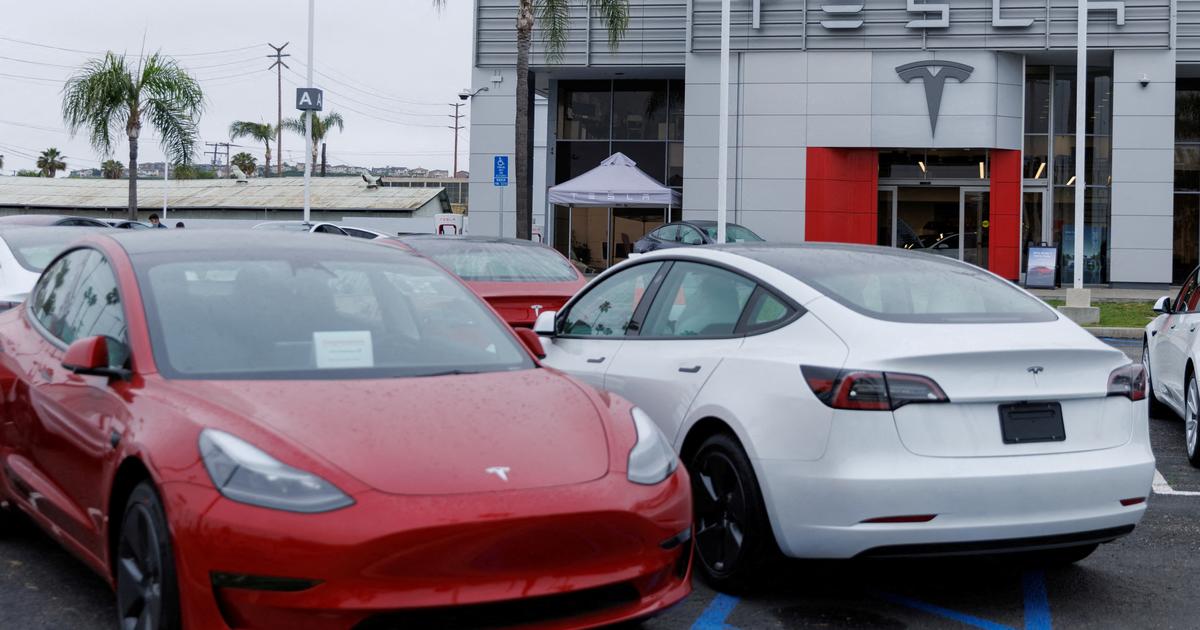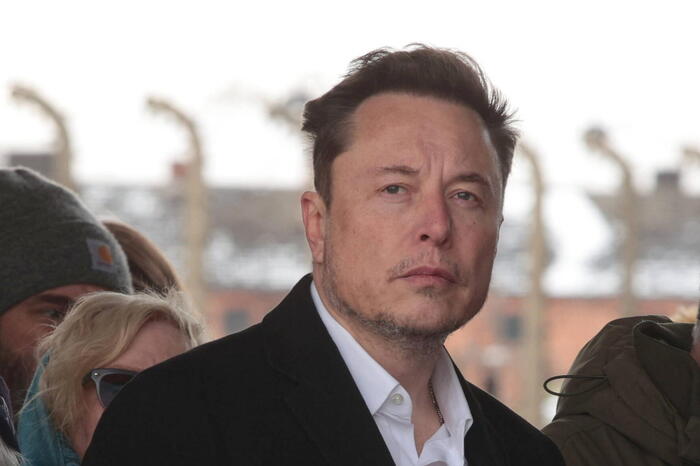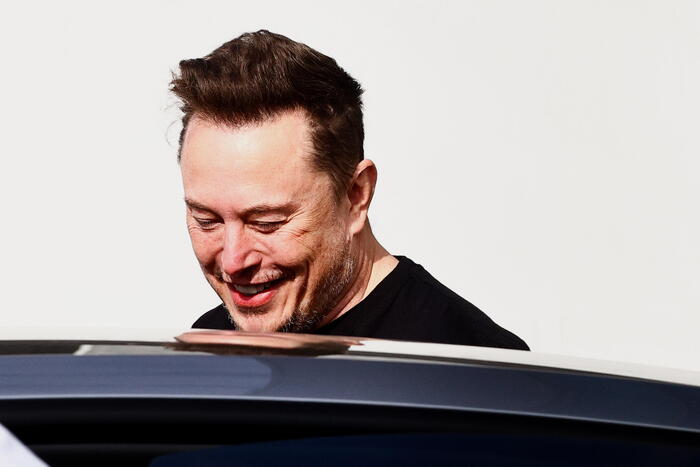Enlarge image
Tesla boss Elon Musk visits the works construction site in Grünheide in Brandenburg in September 2020
Photo: Julian Stähle / dpa
Play a round of "Solitaire" on the display, at full speed.
Tesla makes it possible.
With a software update, the e-car manufacturer has given its customers three games in the menu.
That fits in with the shirt-sleeved way in which Tesla boss Elon Musk handles the interaction between people and technology in his company. According to the New York Times, Musk is said to have repeatedly brushed aside internal warnings in the pursuit of fully autonomous cars, the newspaper writes. She bases her statements on interviews with 19 former employees of the "Autopilot" project at the US manufacturer, all of whom only wanted to testify anonymously.
Time and again, according to the paper, the call for safety has failed because of Musk's desire to stage his cars as technological marvels and to deliver rapid successes. In contrast to the rest of the industry, Tesla relies on the economical use of hardware for its driver assistance systems. Instead of several complementary technical systems such as radar and lidar (laser radar), infrared or ultrasound, the electric pioneer wants to help the computers installed in the car with the help of cameras to capture the environment. The rest of the work can be done by the software, which, as artificial intelligence, learns from everyday driving experience, according to the calculation.
Experts see advantages and disadvantages in the existing techniques, depending on the conditions under which they are used. Most experts therefore advocate combining the techniques - with the cameras as the most important, but not the only, aid. In the ranking of the consulting firm Guidehouse on the technical status in the development of autonomous driving, Tesla is regularly in last place with its low-tech approach.
Musk's self-confidence is all the more astonishing.
Tesla has been promoting its driver assistance system under the name “Autopilot” since 2016, and an update released this year is even being marketed as “Full Self Driving”.
US authorities criticize this as misleading.
This could tempt Tesla drivers to take their hands off the wheel and let the computer take control of the vehicle, despite express instructions.
After several accidents, one of them fatal, the road safety inspectorate NHTSA has started investigations.
Better "copilot" than "autopilot"
Against this background, the revelations in the New York Times are explosive. Even the title "Autopilot" was rejected by the engineers when the project started in 2014 - allegedly in response to EU regulations for more safety technology. Instead, the engineers are said to have suggested the term »copilot«, but the top management around Musk wanted a more dashing marketing. On the other hand, Musk aggressively saved on expensive technology. His argument: When driving a car, people only see with two eyes, so the car should be able to handle two cameras just as well. "Back to the basic principles" was given internally as the slogan.
The lidar technique was quickly discarded. With her, laser beams scan the surroundings from hunched roof structures. Such systems are used by the Google sister company Waymo, the Volkswagen and Ford partner Argo and also Toyota. However, since there were problems with current radar technology, Tesla began to develop its own system. Musk stopped this work when it seemed too expensive and tedious to him. For aesthetic reasons, he had a radar sensor installed in the front of the vehicle covered with a rubber seal - with the result that the "autopilot" system had failures in winter.
Externally, the development was presented as almost perfect, always shortly before the breakthrough to fully autonomous driving.
According to the New York Times, the demonstration car had an accident on the factory premises in 2016 while filming a promotional video for “Autopilot 2.0”, which is still available on the Tesla website today, and had to go to the workshop.
Musk admits mistakes
This happened a few months after a Tesla driver had a fatal accident in Florida.
As explained later, the vehicle cameras could not distinguish a light truck crossing from the sky beyond.
The driver had trusted his "autopilot".
It remained unclear why the radar sensors that were also installed did not help in this situation.
This May, Musk went one step further and completely removed radar sensors from the range of new vehicles. However, he admitted in August that Tesla's own "Full Self Driving" "really doesn't work great" and will be improved as soon as possible. In November, Tesla had to recall 12,000 cars equipped with the beta test version.
Insiders polled by the newspaper were split on whether Musk was taking too great a risk with his strategy.
After all, a competitor jumped to his side.
In the long term, an autonomous driving system that only uses cameras could definitely work, said Amnon Shashua, head of the Israeli company Mobileye, which previously supplied Tesla and is now testing Robotaxis on Munich's streets as an Intel subsidiary.
For the time being, additional sensors are still useful, but the dispute over the technology is actually long out of date.
The Mobileye cars in Munich only drive with cameras, without sensors.
ak









